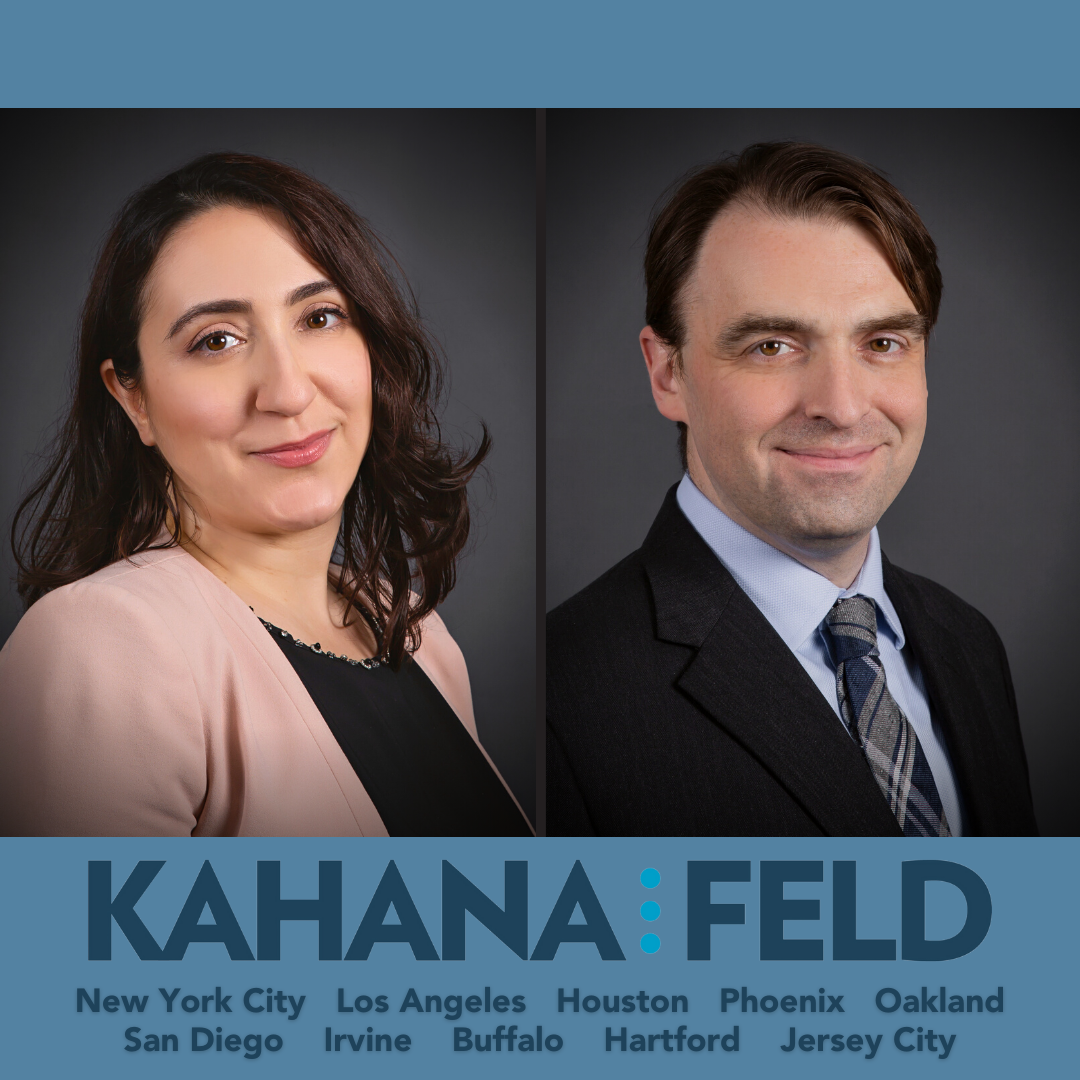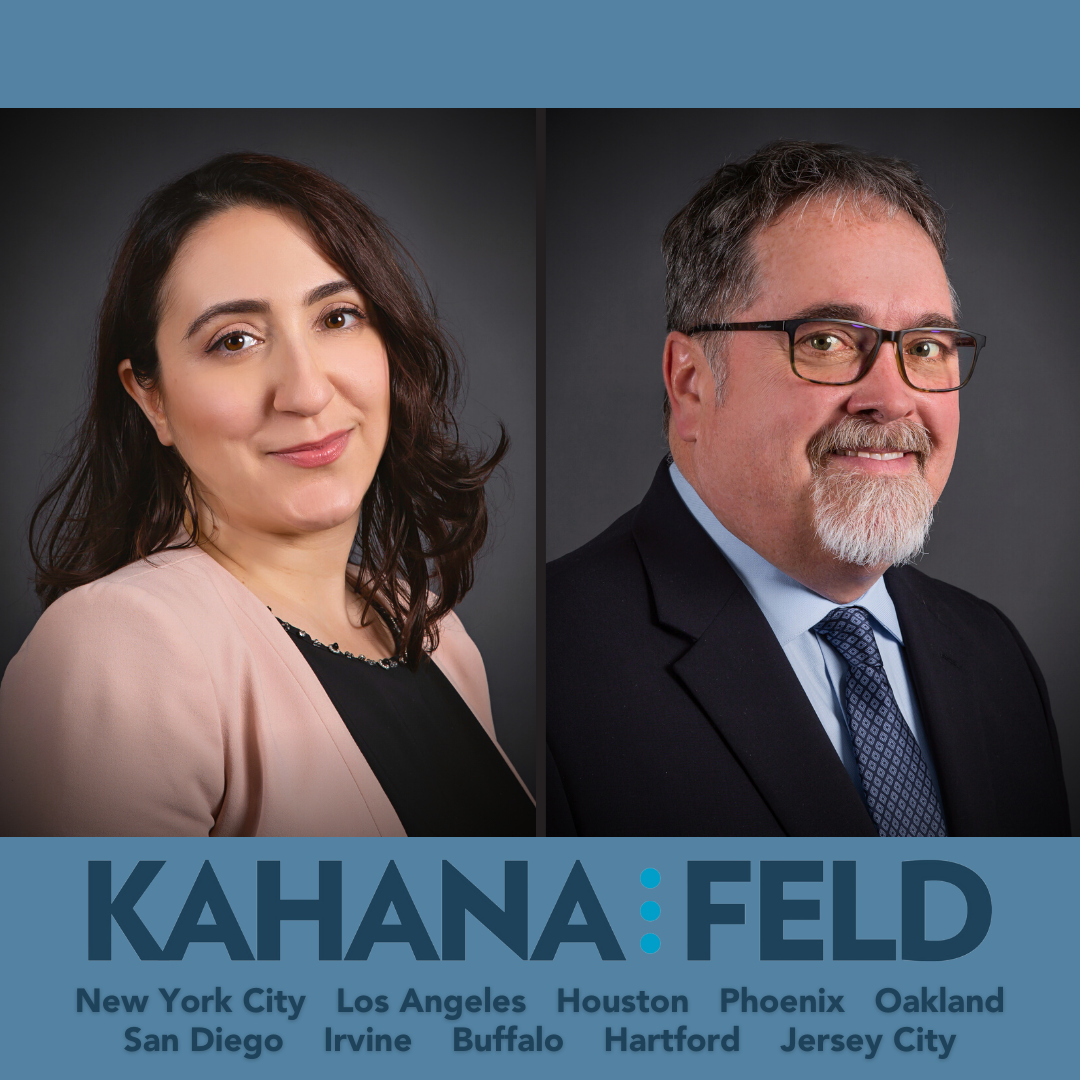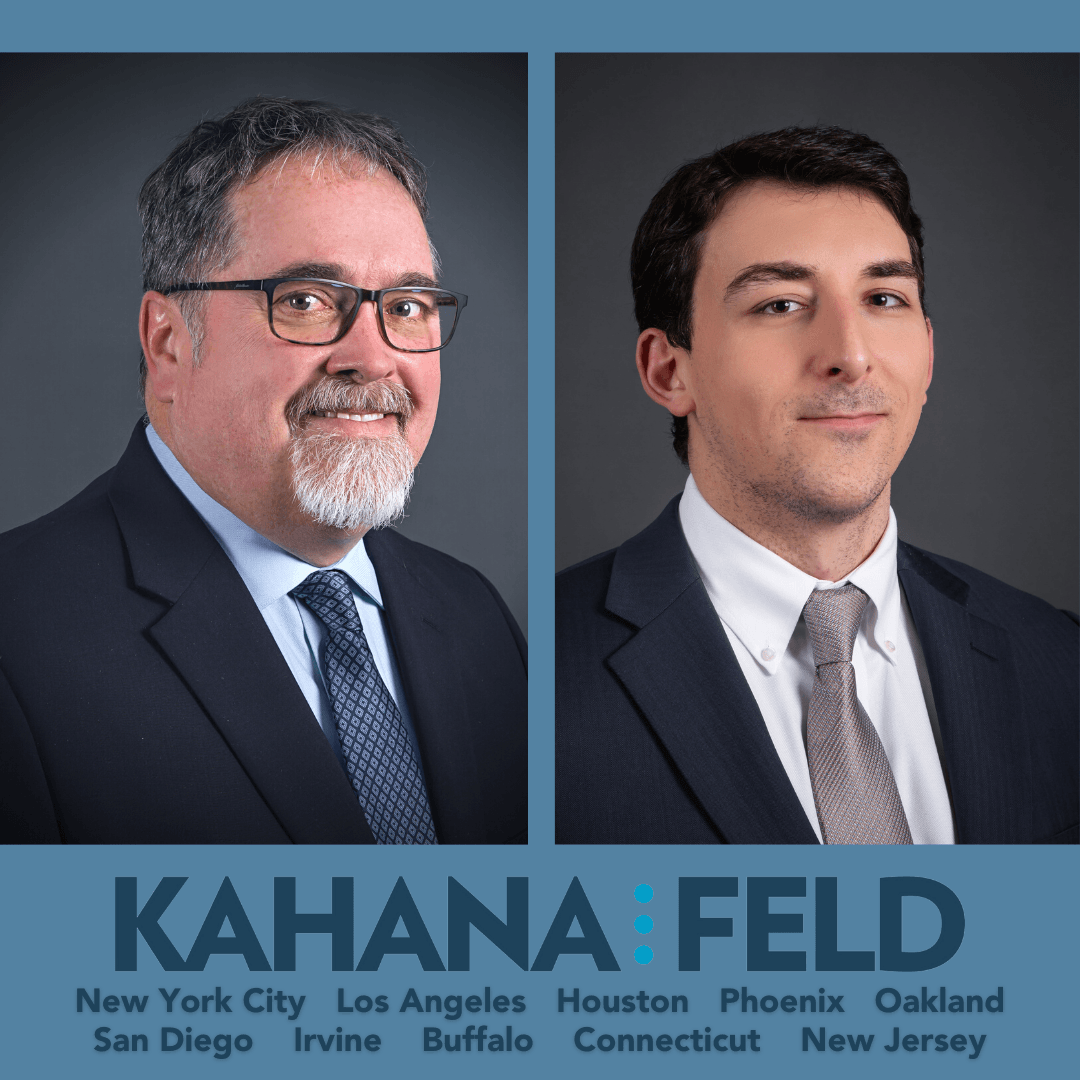Posted In National Appellate Litigation & Consulting Group, Insights
In 2021, Mark Perez’ Labor Law 240(1) lawsuit made legal news by breaking the record of the highest appellate-sustained pain and suffering award in New York history. While that record was short-lived, it still maintains its place as New York’s highest-ever pain and suffering award for a brain injury. A dispute, however, subsequently arose between Mr. Perez and his then-lawyer, Ben Morelli and the Morelli Law Firm. Mr. Perez claims breach of contract over a 10% additional contingency fee charge related to the Perez v. Live Nation appeal and breach of fiduciary duty by his counsel in failing to convey settlement offers during the lifetime of the case. The Morelli firm counters, among other things, that the prior settlement offers – a $30 million offer during the 2019 trial and intermediate sums during the appellate stage – were still lower than the ultimate $55 million settlement. No harm, Mr. Morelli argues, and thus no foul in failing to convey the offers.
(We want to make it clear here that we have absolutely no knowledge, one way or the other, as to the truth of Mr. Perez’s allegations, and we are not making any accusations regarding the Morelli firm. The analysis below in fact assumes that Mr. Perez is in the wrong.)*
On February 8, 2024, the First Department partially agreed with the Morelli firm. While finding other causes of action had been adequately alleged, the Court dismissed Mr. Perez’s breach of fiduciary duty claims, reasoning that because “the only offers defendant identifies in the pleadings are all lower than the amount for which he settled” Mr. Perez had no cognizable damages. Morelli Law Firm, PLLC v. Perez, 224 A.D.3d 457, 458 (1st Dep’t 2024). The First Department qualified this holding, however, stating that Mr. Perez could re-plead the claim if the facts showed that he would “ultimately have netted him more”. Id.
This raises an obvious question – would it have? Did Mark Perez ultimately receive more money in his $55 million settlement than from the $30 million settlement offer mid-trial? The Clintonian answer is “depends on what the meaning of ‘netted’ is”. Without expressing any opinion as to whether Mr. Perez would have “netted” more in the sense meant by the First Department, there is at least once sense in which the answer is “surprisingly, yes.” Despite the glaring $25 million difference, the calculations show that Perez would have been financially better off taking the $30 million mid-trial settlement.
We provide this calculation not for mere fodder – and not to criticize Mr. Morelli or any attorney at his firm, who obviously could not have perfectly predicted either the jury verdict or the remittitur — but to educate both sides of the personal injury bar and the judiciary as to realities and advantages of early settlement. As it pertains to the plaintiff’s bar, this carries an additional responsibility as, under Rule of Professional Responsibility 1.4, attorneys must appropriately counsel their clients on implications of settlements. Evaluation requires considering factors including increased contingency fees and litigation costs, tax implication of settlement pre- versus post-trial, time value of money, and, where applicable, increased cost of litigation and consumer funding.
Perez’ Recovery From The Post-Appeal and Post-Verdict Settlement
Total Recovery As Per The Court Records: $55 million
Approx. Disbursements: $443,000 (of which $160,000 were to outside appellate firm)
Approx. Liens, Lien Holdbacks and Medicare Set Aside: $2,123,000
Approx. Attorney’s Fees: $23,833,000
Net Disbursement from Counsel: $28,600,000
Per the law firm’s own calculations, Mr. Perez’ net disbursements were supposed to be $28.6 million after costs, liens, and attorney’s fees. Of the $23.8 million attorney’s fees, Mr. Perez disputes $5.5 million, which is currently the subject of litigation. For purposes of this article, we credit the attorneys’ fees as described in the disbursement statement.
The settlement sum of $55 million was a small discount off the $33,130,730 in compensatory damages (see Perez v. Live Nation, 193 A.D.3d 517 (1st Dep’t 2021)) plus interest that had been accruing since June of 2016. Morelli’s filing alleges that with full interest, the full judgment would have approached $56-$57 million.
While compensatory damages are not taxable, Mr. Perez owes income tax on the $21,869,270 of interest – including on the portion he must pay to Mr. Morelli. Because the case settled after it became ascertainable that portions of the award represented non-compensatory damages, this tax debt cannot be expunged merely because the case “settled.” The IRS has repeatedly and successfully won on this point throughout the country. See e.g., Rozpad v. C.I.R., 154 F.3d 1 (1st Cir. 1998). Assuming Mr. Perez is a single filer in New York, his obligation on such a sum would be around 45% or 46%. See Uvaydov & Capowski, The Impact of Interest Taxation for Settlement Valuation, New York Law Journal (Oct. 12, 2023).**
Estimated Federal & State Taxes on the $21,869,270 of Interest: $9,841,000-$10,060,000
Subtracting those sums from the $28,600,000 net disbursements yields:
Total Recovery as of Nov. 15, 2021: $18,759,000-$18,540,000
Perez’ Potential Recovery From A Pre-Verdict Settlement
As per the Morelli Law Firm pleadings, defendants made a $30 million settlement offer in the midst of the 2019 damages trial, thus plaintiff’s breakdown of recovery would be approximately $19,769,000. (This article, including all settlement offers and payment figures, is based purely on public court filings, although counsel Morelli did provide in an interview for a December 15, 2019 New York Post article that Perez turned down a $31 million pre-trial settlement offer as well). As there was no verdict at the time of the offer and it represents less than the total claimed damages, the award should not be subject to taxes for any interest. It would also not include the 10% additional contingency fee for the appeal to the Morelli Law Firm and would not include the $160,000 paid to outside appellate firm Morrison & Cohen for assisting in the appeal.
Potential Settlement: $30,000,000
Approx. Disbursements: $283,000 (sans outside appellate firm but assuming all other costs)
Approx. Liens, Lien Holdbacks and Medicare Set Aside: $2,123,224
Attorney’s Fees: $10,000,000
Total Potential Recovery in Nov. 2019: $17,594,000
$17.59 million is, of course, less than the $18.5 million to $18.75 million referenced above.
Adjusted for the two years of inflation, however, it is more – approximately $19,013,000, in fact. Mr. Perez lost a quarter to a half a million in buying power just to inflation.
But even that isn’t the whole story. Presumably, Mr. Perez would not have immediately spent his settlement proceeds but rather he would have put them in the market – and done so two years earlier than he was ultimately able to as things transpired. Even assuming Mr. Perez placed these proceeds in a moderate fund targeting 6% annual compounding returns, the recovery grows to $19,769,000. This assumption proves to be conservative given the historical performance of S&P 500 funds during the relevant period, where funds like VFINX grew approximately 50% in those two years – had Mr. Perez invested the entirety of his proceeds in that, his returns would have grown to a staggering $26.2 million.
Of course, lawyers have no ethical or professional duty to forecast a historic bull market and cannot be faulted for windfall investment opportunities missed by not settling a case. But shepherding the best interests of a client does entail understanding the time-value of money, which includes appreciating that time in the market is valuable. It takes no special wizardry to know that S&P funds have averaged a return of 10% over the last 50 years. The foregoing only proves that money now is better than money later, and that prudent counsel should approach settlement accordingly.
On the topic of the $30 million offer, Perez avers in his counterclaim that “Morelli immediately rejected the offer without conferring with Mr. Perez and that it was only after Judge Silver questioned whether Morelli was going to ask his client first before rejecting the offer that Morelli walked over to Mr. Perez who was sitting in the back of the room, knelt down in front of him, stared into his eyes, shook his head back and forth, and asked if Mr. Perez if he wanted to accept $30 million to settle the case. In response, Mr. Perez stated that did not accept the settlement offer.” As our calculations bear out, even with the record breaking $20 million pain and suffering award never-before-seen-or-upheld by the First Department, Mr. Perez would have been at least a million dollars better off – and maybe a lot more than that – if he’d taken the deal.
Ultimately, the defendant paid an additional $25 million in damages. The traumatically brain injured Mark Perez, for whom this entire system was intended to compensate, walked away two years later with less money. The only winners from the protracted battle that followed – if we don’t count Uncle Sam – were the attorneys. The Morelli firm’s cut went up from $10 million to $23.8 million and to a smaller but still significant degree, beneficiaries included the defendant’s lawyers, Perez’ consulting appellate lawyers**, and now both Morelli’s and Perez’s fee dispute lawyers.
* In the interests of full disclosure, the co-author, Mr. Watkins, was one of several attorneys who, while at a prior firm, worked as an appellate attorney for the defendant during and after Mr. Perez’s damages trial. The primary author, Ms. Uvaydov, was with the same firm but not staffed on the case. That matter has been discontinued since 2021 and neither author and no firm either author has been associated with has had any role in the Morelli v. Perez dispute. All information pertaining to either case contained in this article is public record – which is thanks in large part to the Morelli v. Perez dispute and which is thus the occasion for this commentary.
** We are not Mr. Perez’s tax advisors and we would urge him or indeed anyone who obtains an award in similar circumstances to seek to advice of a tax professional.
*** Again, including the authors. We are acutely aware that in advocating for more efficient resolution of cases we are advocating for less work for our field – we just think it’s the right thing to do for our clients.




